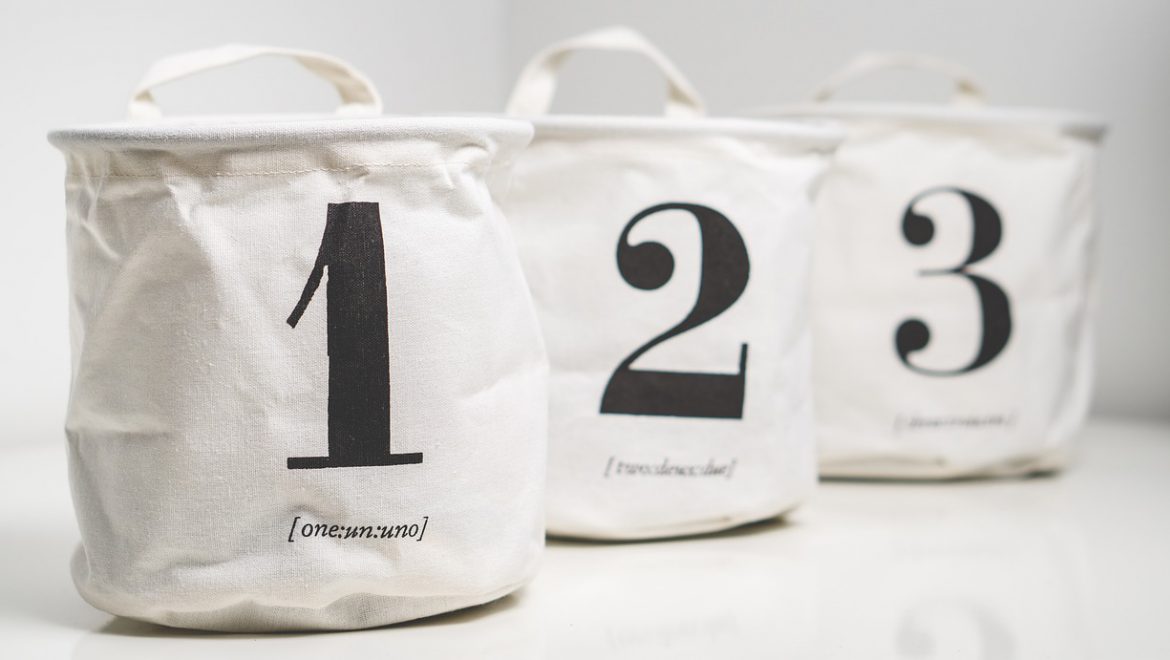
This short post describes the different halachic opinions regarding how many times one must wash each hand when performing the ritual hand-washing before eating bread, including both technical and mystical explanations. This response was written by Rabbi David Sperling, an Orthodox rabbi with an expertise in Jewish law, as part of Yeshiva.co‘s “Ask the Rabbi” column.
Question:
Dear Rabbi – When washing for Netilat Yadayim, for a meal, can you explain the basis as to why some people wash two on each hand and others wash three?
Answer:
Shalom, Thank you for your question. When washing hands before eating bread there are two major customs in practice today. Some people pour water over each hand twice (two times on the right hand and then two times on the left hand), while others pour three times over each hand.
In truth there are many opinions that if a good amount of water is used with each pouring (a revi’it –between 86 and 150 ml.) even one pouring over each hand is sufficient (see Shulchan Aruch, Orach Haim, 162, 2, and the Mishna Brurah 21). However, the universal custom is not to follow this basic opinion unless one is in a situation where there is a lack of water (even then, one must make sure that one first cleans their hands to remove any visible dirt, and only then pour the water over them). The logic behind this opinion is that one pouring of a good amount of water is similar to a mikvah which purifies the hands.
The more accepted halachic position is that one must pour “second waters” over each hand after the first washing. This is in order to remove the first water which became impure by coming into contact with the unwashed hands. The codifiers rule that, when possible, one should follow this practice, even when a good amount of water was poured over the hands during the first pouring.
The custom to pour three times is based on Kabbalistic teachings (See Kaf HaHaim, ibid, 14) – and many Chassidim follow that practice. The source is from the teaching of the Ari HaKadosh. He understood that there are various spiritual ideas (“Kavanot”) behind each pouring, and in order to bring all the needed concepts into the mitzvah, one needs to pour three times.

